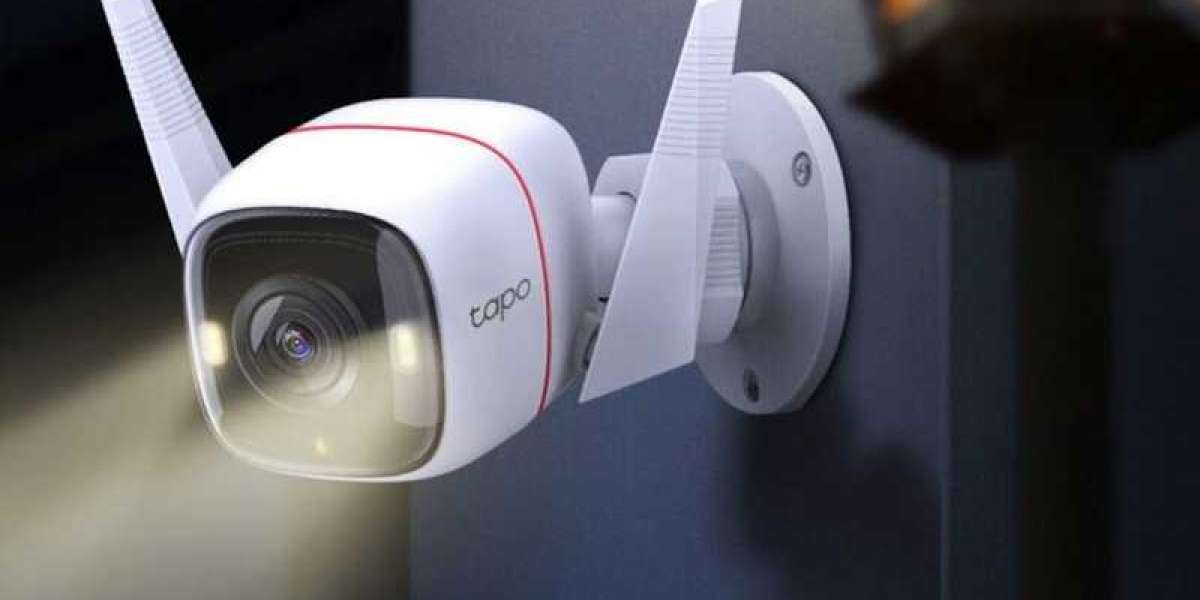Investing in a CCTV security system is one of the smartest ways to protect your home or business. However, if it's your first time working with a CCTV camera installation company, you might be wondering what the process involves. In this blog, we’ll walk you through the typical steps of a professional CCTV installation so you know exactly what to expect.
Step 1: Site Assessment and Consultation
The first step begins with a site visit and consultation. A professional CCTV camera installation company will evaluate your property to understand your security needs. During this phase, they’ll:
Identify high-risk or vulnerable areas
Determine optimal camera placement
Recommend camera types (e.g., dome, bullet, PTZ)
Discuss power sources and wiring options
Provide a customized quote based on your layout and budget
This step ensures that your surveillance system is tailored specifically to your environment—whether it’s a private residence, retail store, warehouse, or office.
Step 2: Equipment Selection
After the assessment, the installer will help you choose the right equipment. This includes:
Cameras (HD, night vision, indoor/outdoor, motion detection)
Digital Video Recorder (DVR) or Network Video Recorder (NVR)
Cables and connectors
Storage capacity for video footage
Remote viewing options (mobile apps or PC access)
A reputable CCTV camera installation company will only recommend quality hardware that suits your long-term needs, without upselling unnecessary features.
Step 3: Installation Day Preparation
Before the actual installation day, make sure:
There is clear access to camera mounting areas
Electrical outlets are functioning
Wi-Fi or Ethernet is available if you're using IP cameras
Being prepared can speed up the process and avoid unnecessary delays.
Step 4: Physical Installation
Now comes the hands-on part. Here's what typically happens during installation:
Mounting cameras at predetermined locations
Routing cables discreetly through ceilings, walls, or conduits
Connecting cameras to the DVR/NVR unit
Powering up the entire system
Securing cameras at proper angles for optimal coverage
This step can take anywhere from a few hours to a full day depending on the number of cameras and the complexity of the property layout.
Step 5: System Configuration
Once the hardware is in place, the technician will configure the software:
Set up recording schedules (24/7 or motion-triggered)
Customize alerts or push notifications
Sync remote viewing apps for access from your smartphone or tablet
Set up passwords and user access controls
A professional CCTV camera installation company will also walk you through how to use the system and answer any questions.
Step 6: Testing and Final Checks
Before the job is complete, your installer will:
Test each camera feed for clarity and angle
Ensure the system is recording and storing properly
Check remote access functionality
Review footage quality (day and night modes)
Only when everything is working perfectly will they consider the job finished.
Final Thoughts
Hiring a trusted CCTV camera installation company ensures a smooth, secure setup tailored to your exact needs. From initial consultation to final testing, each step is designed to maximize your safety and peace of mind.
Whether you're protecting a home, office, or commercial space, understanding the process helps you make informed decisions and get the most out of your surveillance system.











